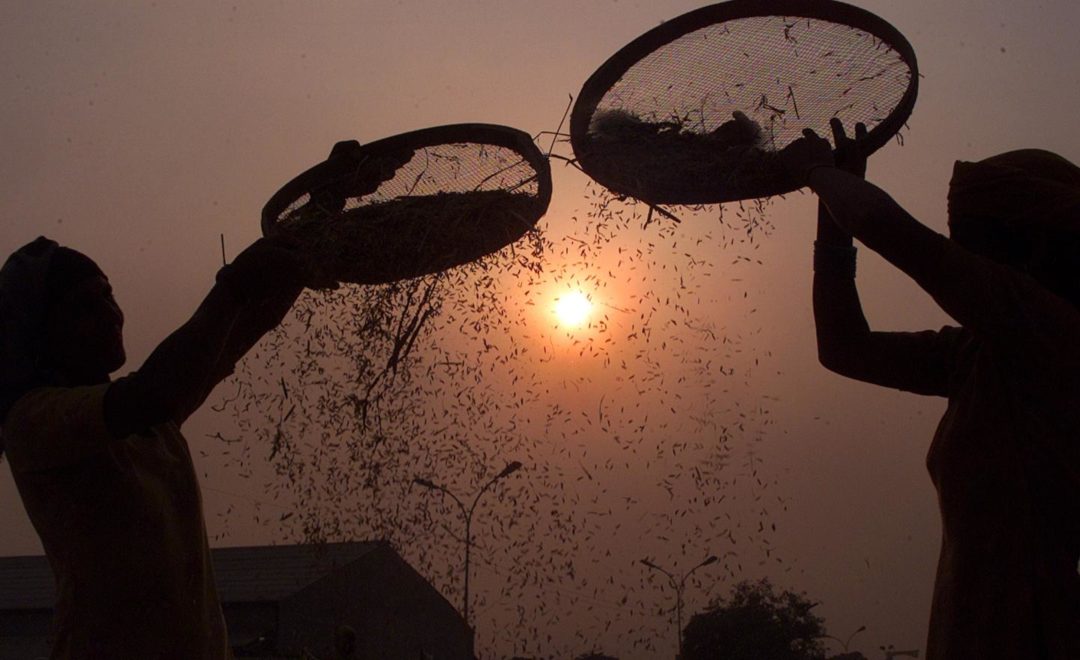Read full article by Shivam Vij @Quartz India PC: Quartz India
India needs to reduce its dependence on the HYV rice and wheat, and make its people eat the coarse grains they replaced such as millets and the older, traditional varieties. In our farms and on our dinner tables, we need diversity and the reasons for diversifying are water table, air pollution, health food and farmer welfare
The “Green Revolution” turned India into a food-surplus economy. Imported high yielding varieties (HYV) of seeds and new technology were used to produce rice and wheat in gargantuan quantities. Poverty and hunger were reduced through subsidised wheat, rice, and sugar, while farmers began enjoying higher and stable incomes.
The “Green Revolution” turned India into a food-surplus economy. Imported high yielding varieties (HYV) of seeds and new technology were used to produce rice and wheat in gargantuan quantities. Poverty and hunger were reduced through subsidised wheat, rice, and sugar, while farmers began enjoying higher and stable incomes.
However, having served its purpose, it is now time to undo the Green Revolution. Here’s why.
Water table
First, paddy consumes a lot of water: 5,000 litres to produce just a kilogram in north India. Under political pressure, some state governments have provided subsidised, and sometimes even free, power and water to farmers. Electricity is used to draw water from borewells to irrigate fields.
Crops like rice and sugarcane are water-guzzlers. Since India produces more rice than it consumes, it exports a lot of rice. Thus, it also exports a lot of groundwater.
All this together is a leading reason for the drop in groundwater tables across India. The increasingly erratic annual monsoon rains are often unable to make up for this depletion. The situation is not sustainable and India has no choice but to red

